First micromix gas turbines burn pure hydrogen
The Kawasaki M1A gas turbine is a milestone for the energy turnaround. It has been operating on a harbour island off Kobe since July 2020 and is the first gas turbine with complete, dry and low-nitrogen oxide hydrogen combustion, so-called dry-low NOX combustion. This is because H2 is extremely reactive, and it is precisely this that distinguishes the combustion of a hydrogen-natural gas mixture from that of pure natural gas.
“Other manufacturers are currently trying to increase the hydrogen content, but are keeping the previous premix technology. However, this becomes extremely difficult with volume shares of more than 80 per cent and is problematic in terms of operational safety,” explains Dr Karsten Kusterer. He is the managing director of the Aachen-based company B&B-AGEMA, which offers engineering services for energy and power plant technology, among other things, and helped develop the turbine for Kawasaki.
The key technology of the gas turbine in Kobe is a newly developed combustion chamber from Kawasaki that uses the principle of so-called micro-combustion. The dry, low NOX combustion technology improves electrical efficiency compared to the conventional method. While other technical approaches rely on conventional premixed combustion systems, which always involve a residual risk of explosive states of hydrogen-air mixtures, the new micro-mixing technology achieves a high level of operational safety, according to Kusterer. That’s why B&B-AGEMA, in cooperation with Kawasaki and the Aachen University of Applied Sciences, has opted for the new technology, explains Kusterer: “There are a large number of small flames in the combustion chamber. For each of these flames, there is a small H2 nozzle that injects the hydrogen into a separate air jet in each case.”
Avoiding flame flashbacks
The fuel must burn in the air with the lowest possible nitrogen oxide levels despite higher combustion temperatures, Kusterer describes. With conventional premix burners, there is a risk of flame flashbacks, which becomes higher with increasing hydrogen content. This safety problem was solved by the micro-mixing technology, because the parameters of the air jet could be adjusted very precisely. “The currently ongoing first year in field operation is now being used to make further fine adjustments. But the basic technological implementation has been completed,” says Kusterer. The technology is now being prepared for Kawasaki’s larger gas turbines. The manufacturer’s portfolio ranges up to 30 MW output.
… Read more in the latest H2-International e-Journal, Aug 2021
Author: Niels Hendrik Petersen



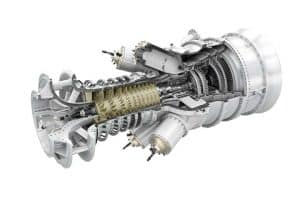

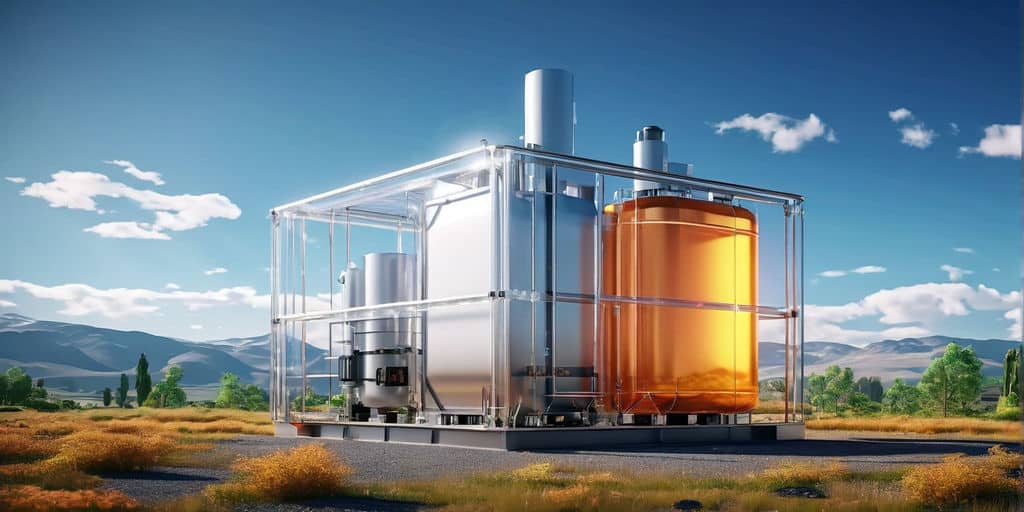

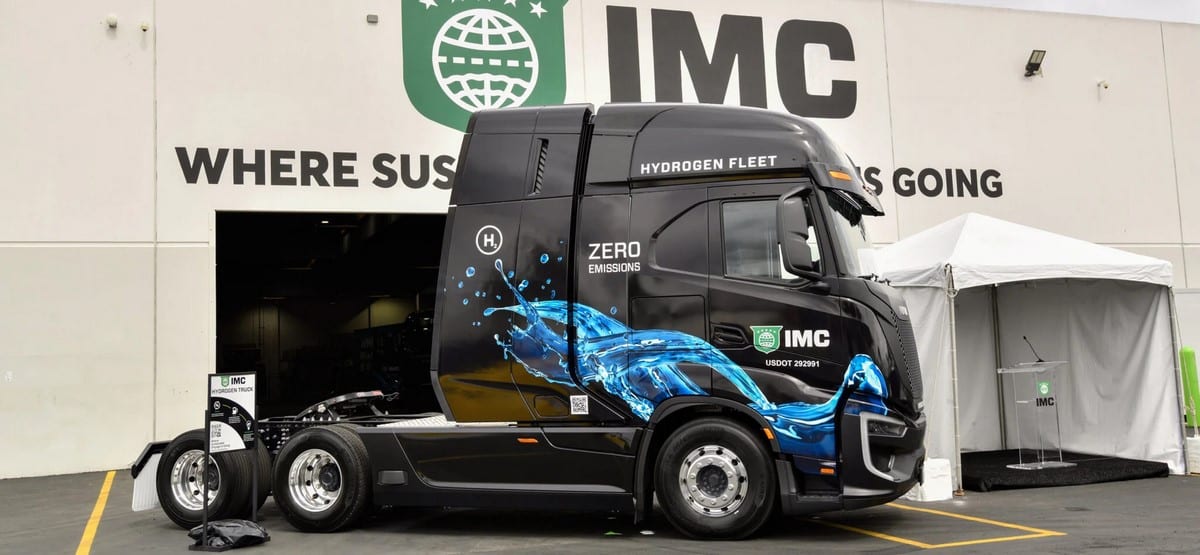

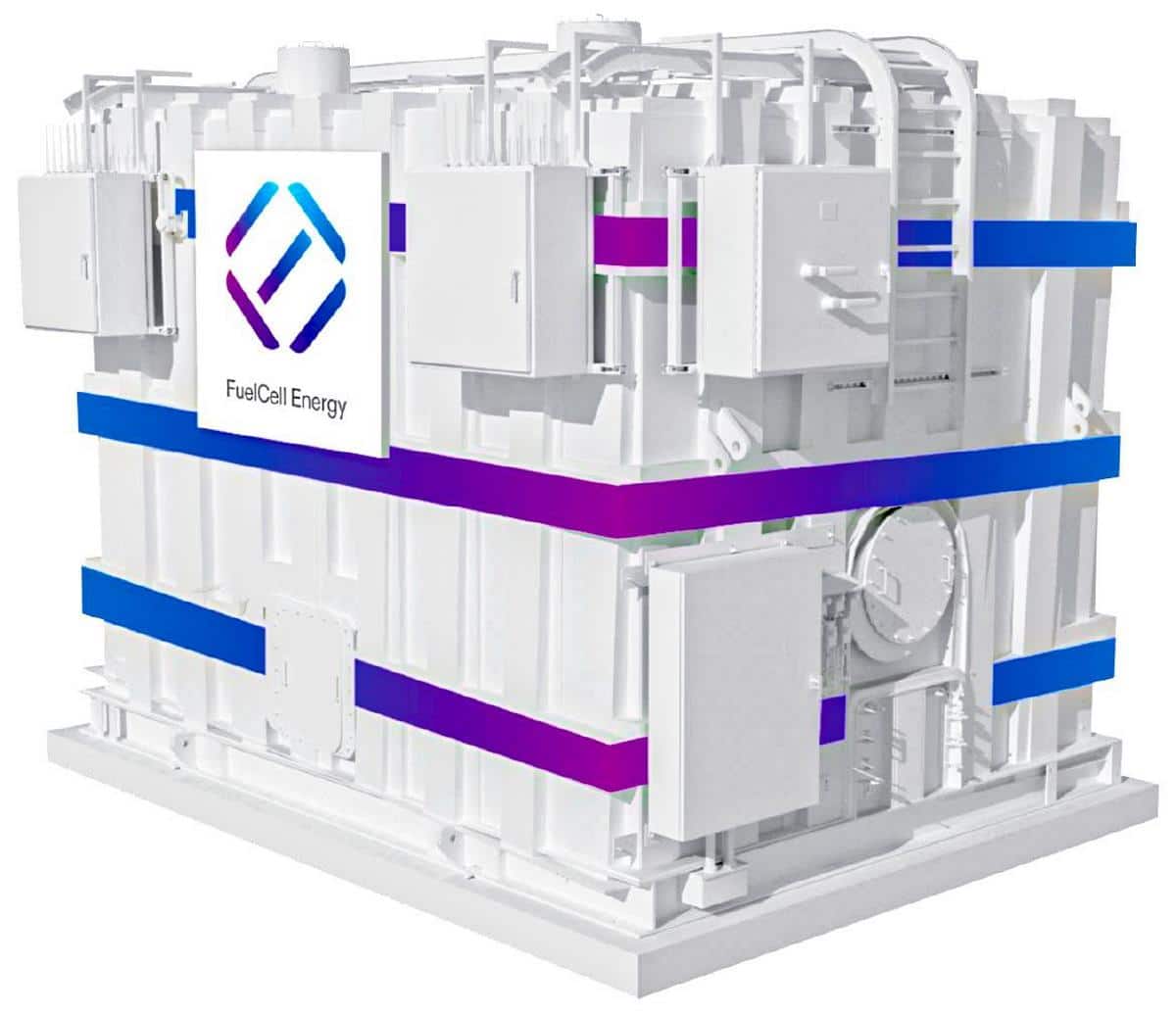
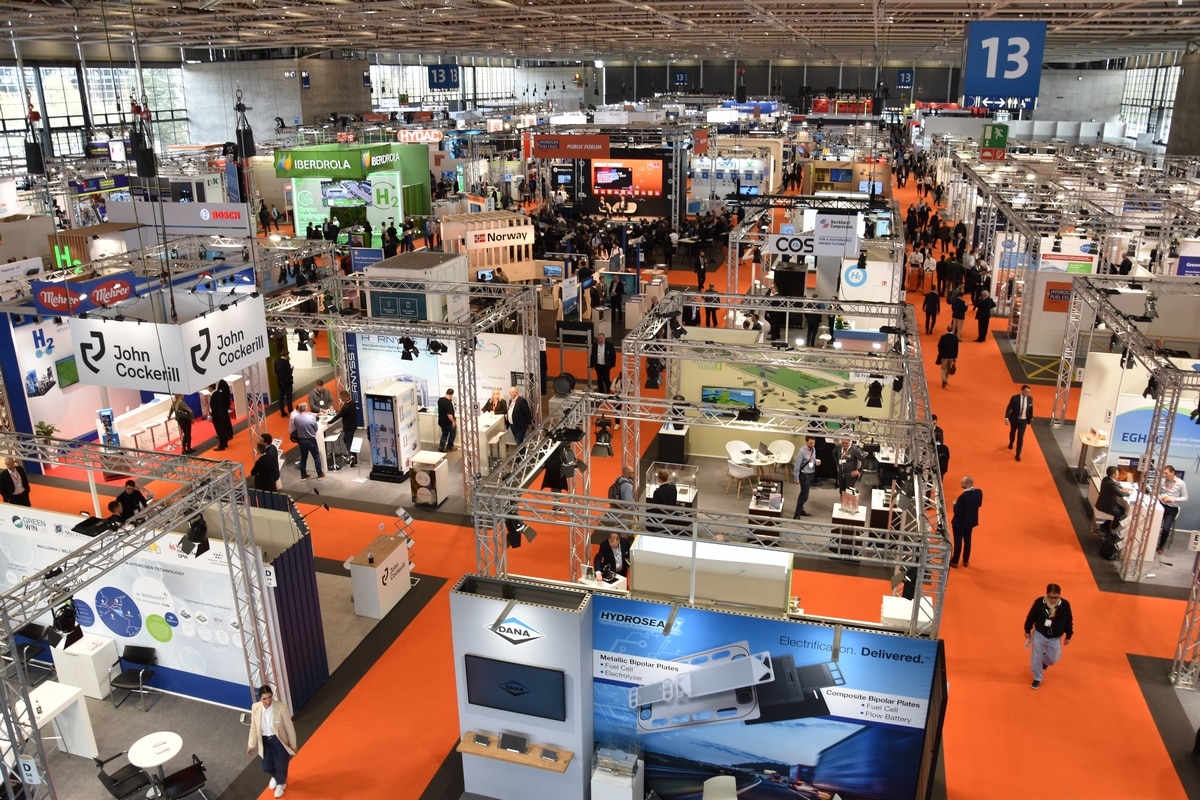
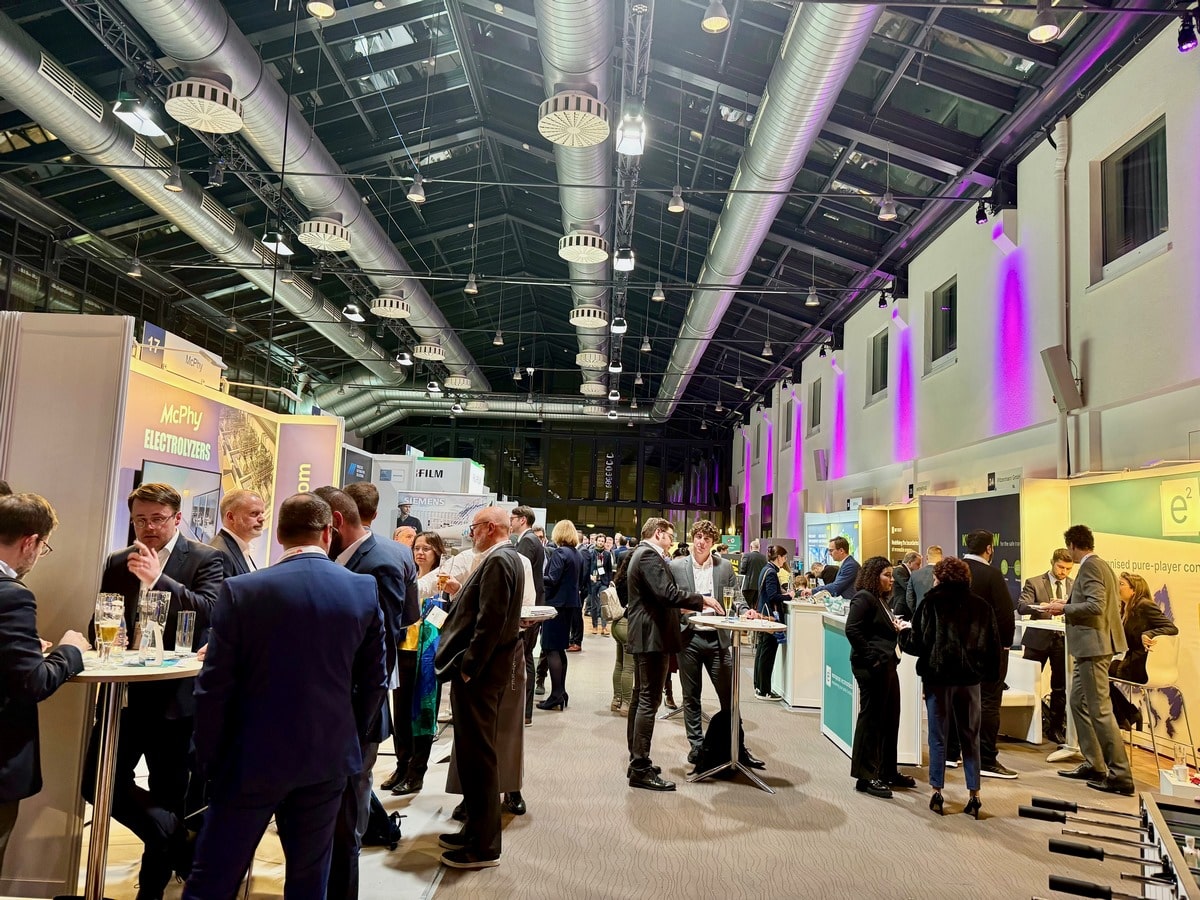

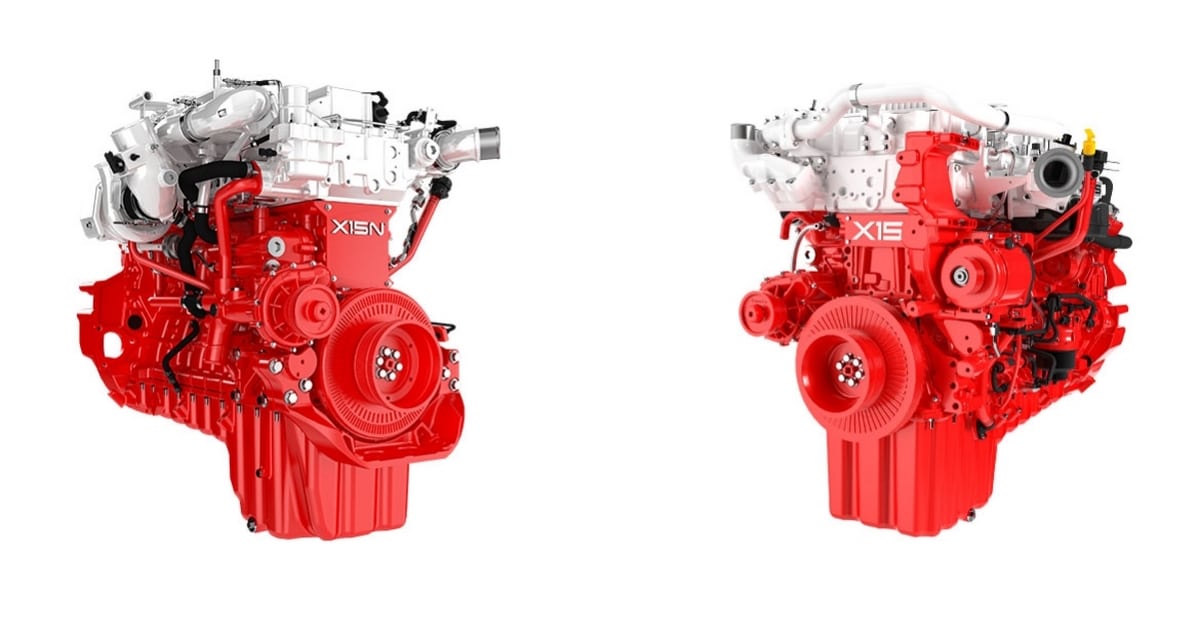
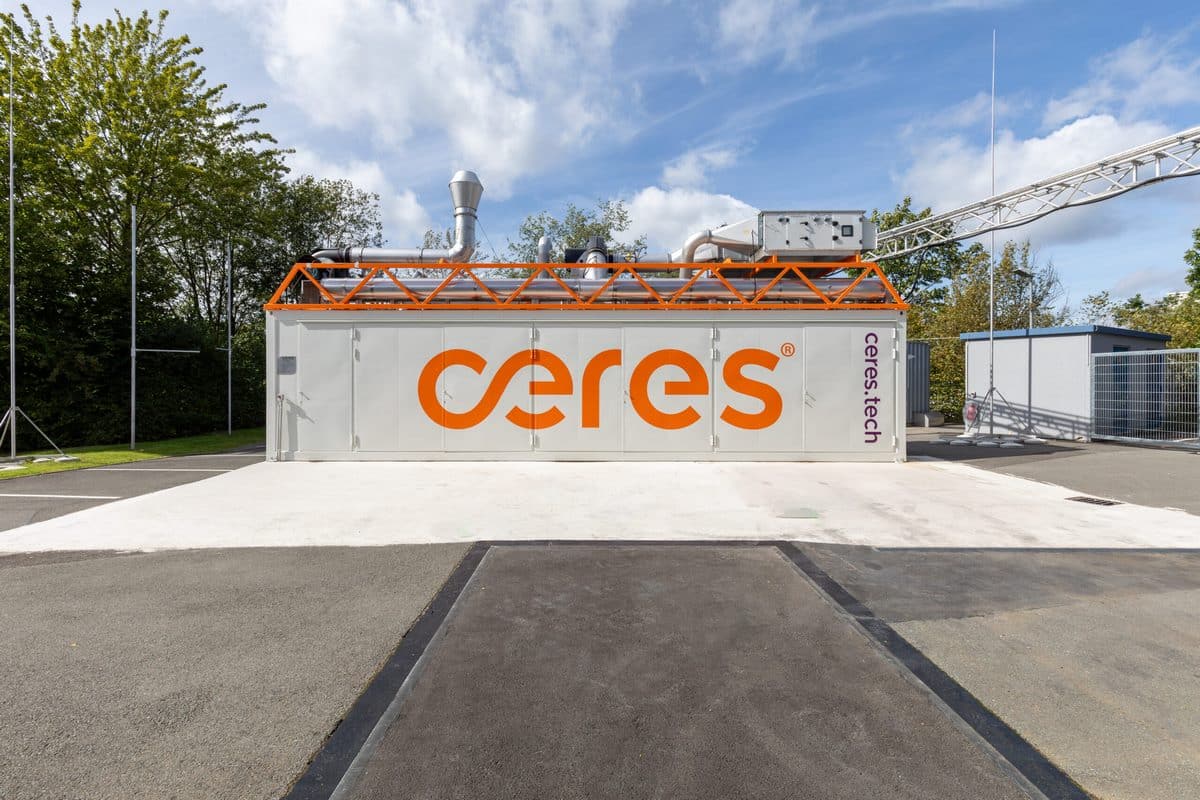




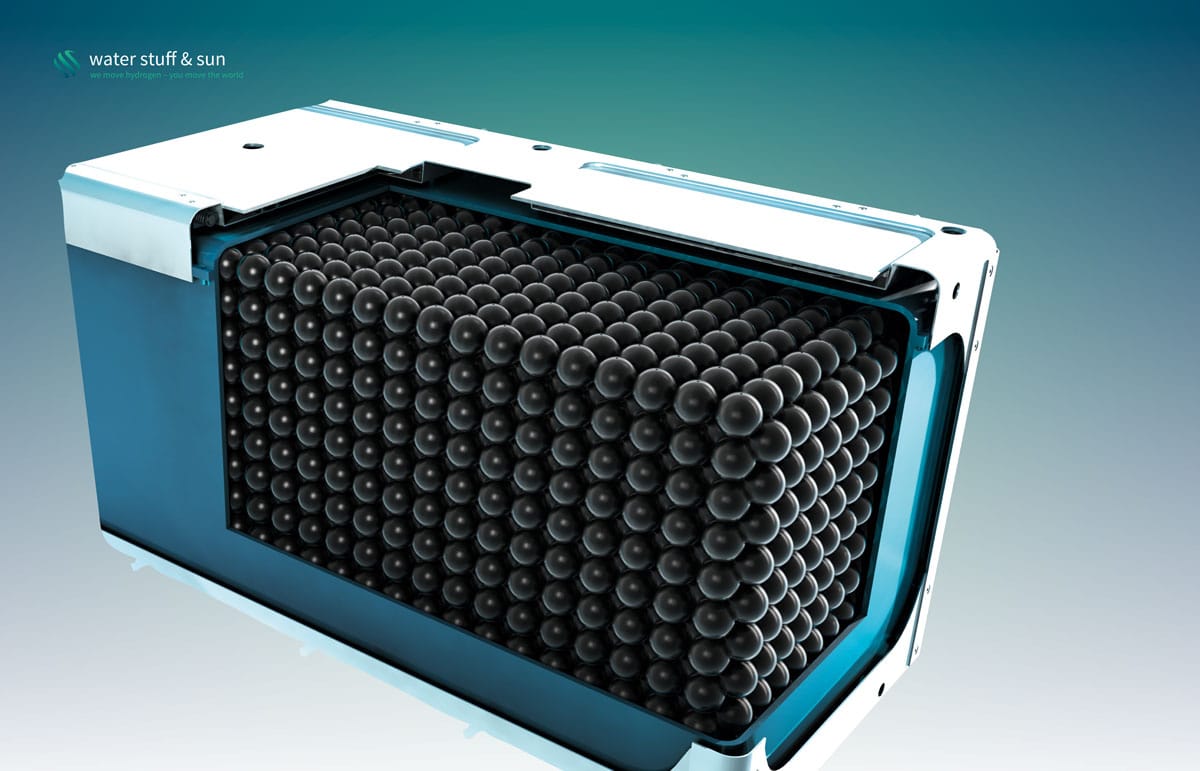

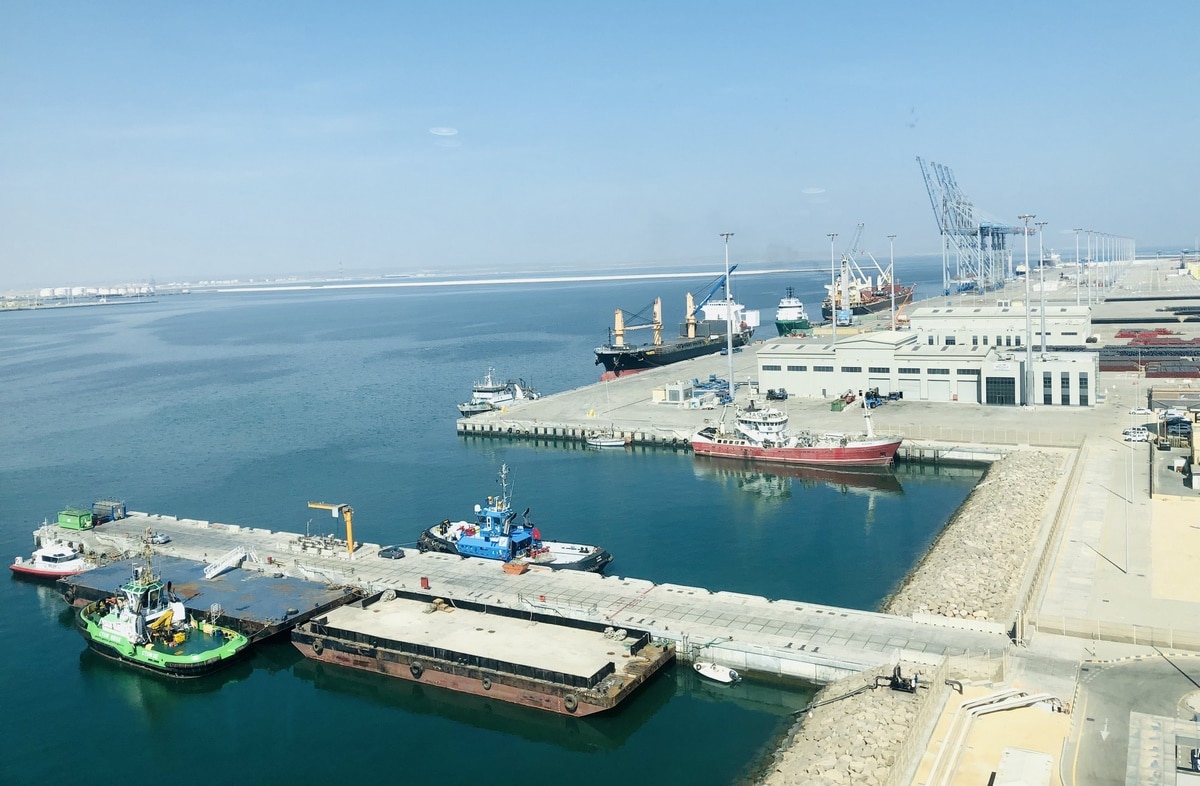


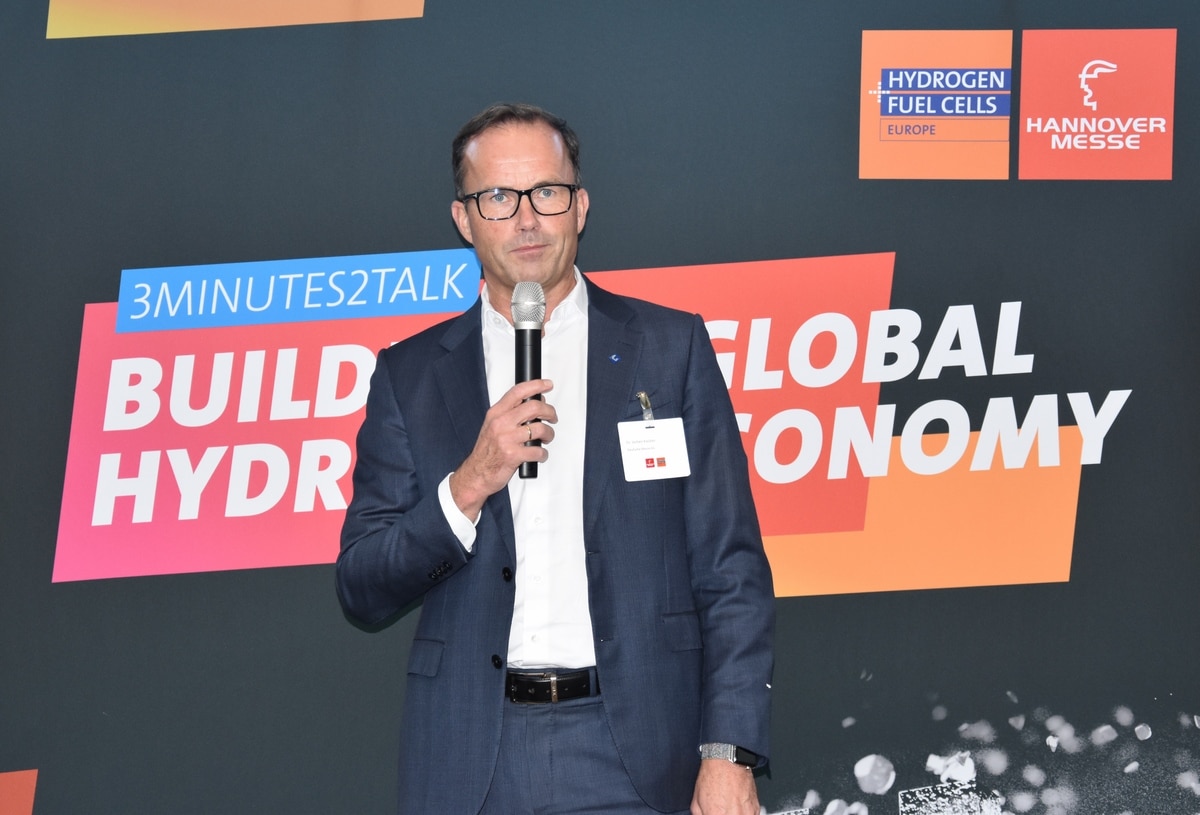
0 Comments